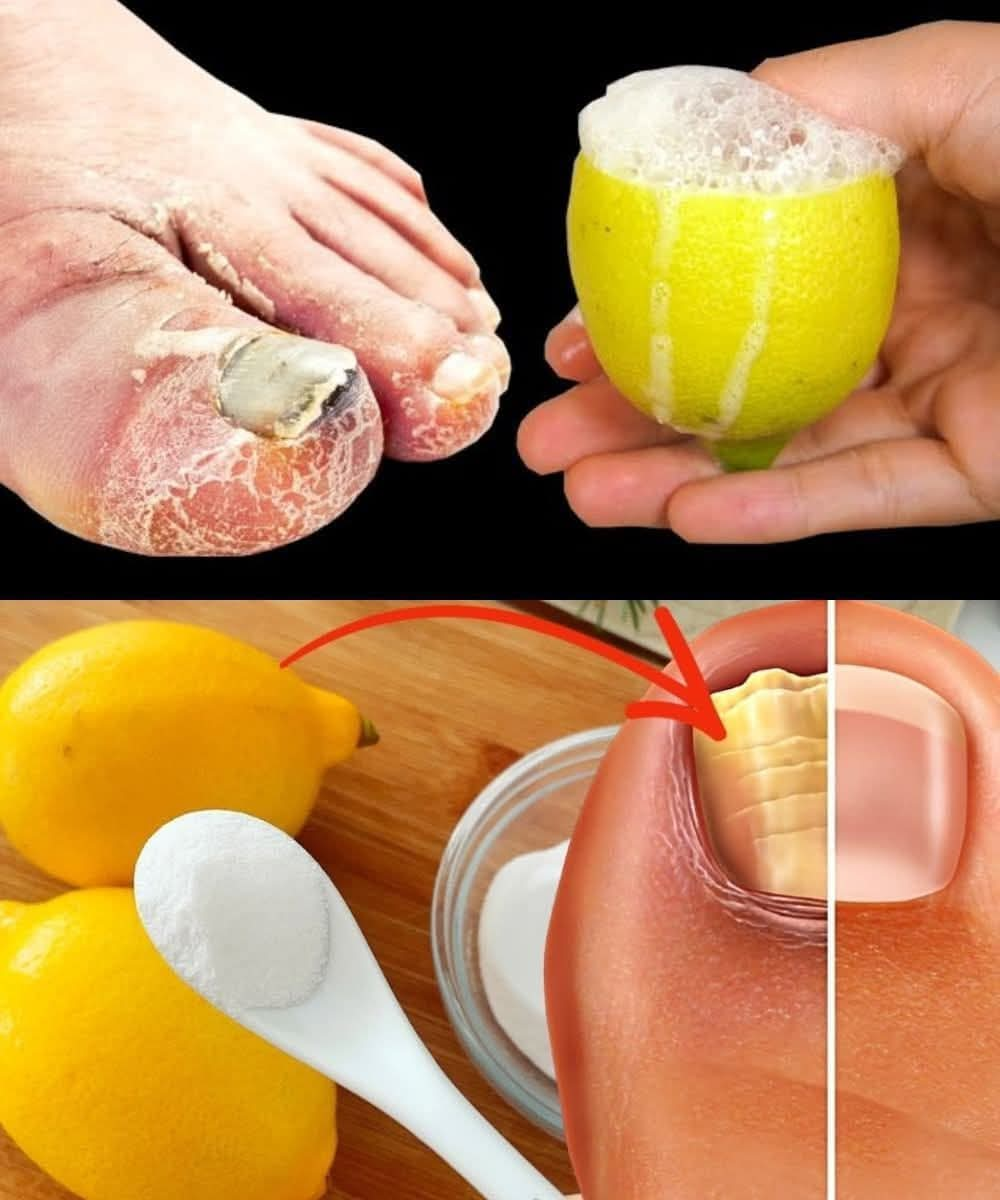ADVERTISEMENT
Nail Fungus Removal: 100% Natural Remedy with Lemon & Salt
Nail fungus, also known as onychomycosis, is a common condition that can cause your nails to become discolored, thickened, and brittle. While nail fungus can be persistent and tricky to treat, there are natural remedies that may help alleviate symptoms and promote healing. One of the most effective and natural ways to tackle nail fungus is by using a combination of lemon and salt—two powerful ingredients known for their antifungal and antibacterial properties.
In this article, we’ll explore how this simple and affordable remedy can help fight nail fungus and give you back healthy, beautiful nails.
Why Lemon and Salt for Nail Fungus?
Lemon:
Lemon has natural antibacterial, antifungal, and antiseptic properties, making it an excellent remedy for treating nail fungus. The acidity of lemon helps to balance the pH of the skin and nails, preventing the growth of fungi. Additionally, lemon has astringent qualities that help in removing the build-up of dead skin cells around the nails, promoting overall nail health.
Salt:
Salt is a natural antifungal agent that can help reduce the growth of fungal infections. It also has anti-inflammatory properties that can relieve any pain or swelling caused by the infection. Salt can help create a drying effect, which is essential for removing excess moisture around the nail, as fungi thrive in moist environments.
When combined, lemon and salt form a powerful, all-natural treatment that can help eradicate nail fungus and promote healthier nails.
How to Use Lemon and Salt for Nail Fungus Removal:
Ingredients:
- 1 fresh lemon
- 1-2 tablespoons of salt (preferably sea salt or Himalayan pink salt)
Instructions:
Step 1: Prepare the Lemon
- Cut the lemon in half. You will use the juice and possibly the lemon rind to create a natural treatment.
- Extract the lemon juice by squeezing the halves into a small bowl. You can also rub the inside of the lemon peel directly on the affected nail if you want to maximize the benefits of the lemon rind, which contains additional essential oils.
Step 2: Add the Salt
- Mix the salt into the fresh lemon juice. Stir it well until the salt dissolves as much as possible. If you’re using coarse salt, some granules may remain, but that’s okay as they help in exfoliating the infected area.
- Create a thick paste by using slightly less lemon juice if you prefer the consistency to be more like a paste. This can be helpful for direct
